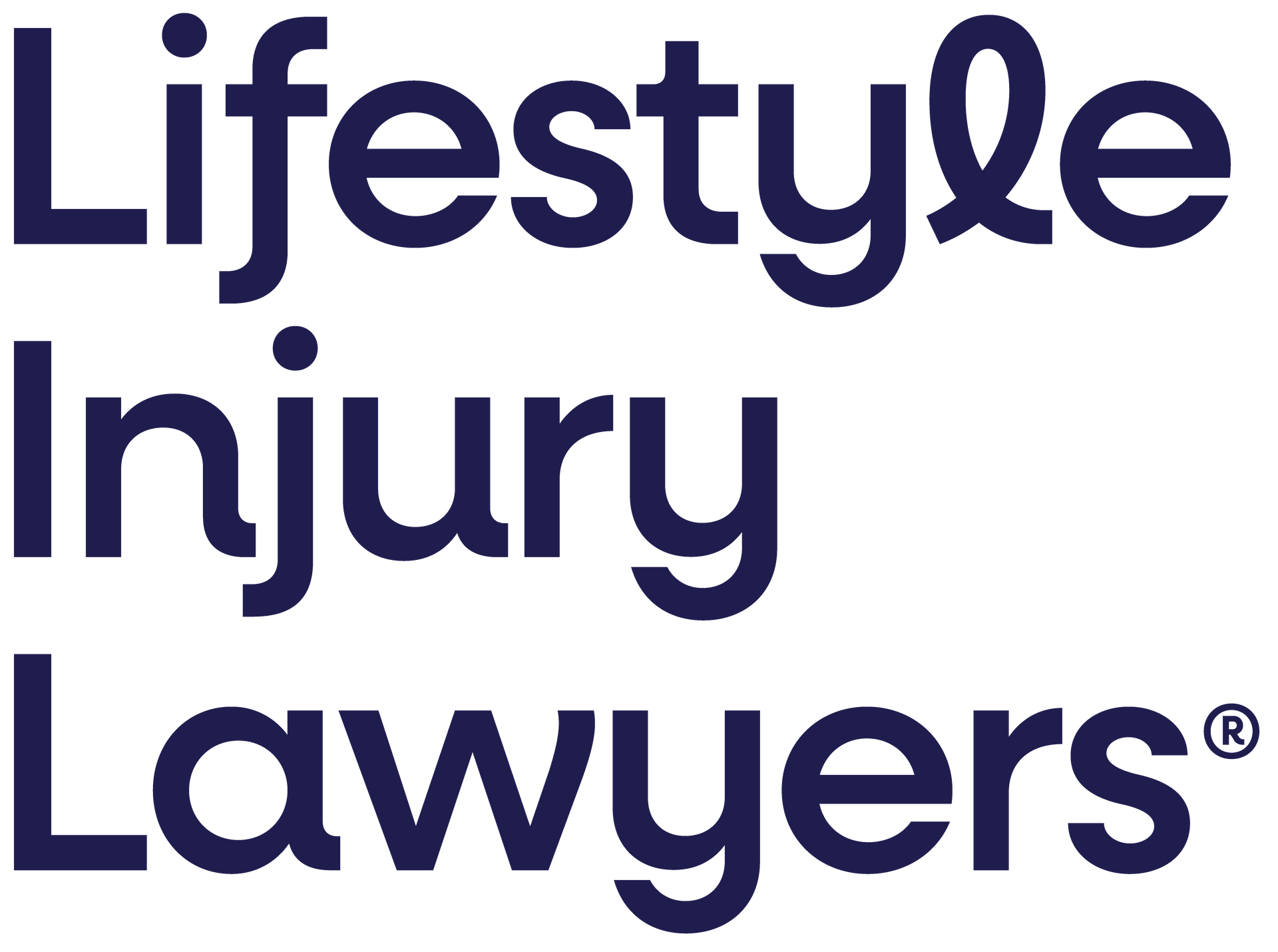Construction site injuries in Queensland? Here’s What You Need to Know
Construction sites are some of the most hazardous workplaces, with workers facing heavy machinery, heights, and physically demanding tasks every day. Yet beyond the risk, these men and women are the backbone of Queensland’s workforce, building essential infrastructure and delivering remarkable feats of engineering.
The dangers are very real. In Australia, the construction industry accounted for 12% of serious workplace claims and 45 fatalities in 2022–2023, according to SafeWork. Across the globe, construction remains equally hazardous: the US sees around 200,000 work-related injuries annually, while the International Labour Organization estimates roughly 60,000 construction workers die in accidents worldwide each year.
So, when serious injuries happen, Queensland workers deserve compensation—and they are indeed entitled to protection. Injured construction workers may be eligible for statutory workers’ compensation, common law claims, or public liability compensation, which can help cover medical costs, rehabilitation, lost income, and more.
Most Common Construction Site Injuries
According to SafeWork, construction workers face a range of serious on-site injuries, with the most common caused by:
- Falls from heights, often resulting in traumatic brain injuries, spinal cord damage, and multiple fractures
- Machinery-related incidents involving excavators, cranes, and power tools that cause crushing injuries, traumatic amputations, or severe lacerations.
- Electrical accidents leading to severe burns, heart complications, or nerve damage
- Chemical exposure from asbestos, silica dust, or toxic substances that trigger immediate injuries or develop into serious long-term health conditions
The severity of construction site injuries often demands extensive medical treatment and lengthy recovery periods. The good news is Queensland's compensation laws provide robust protection for construction workers.
Your Rights to Construction Site Injury Compensation
Workers’ Compensation Claims
Workers’ compensation serves as your primary safety net under Queensland's Workers' Compensation and Rehabilitation Act 2003. Benefits typically include:
- Medical expenses: Emergency care, surgery, specialist consultations, physiotherapy, and ongoing treatment
- Weekly income payments: Usually calculated as a percentage of pre-injury earnings
- Rehabilitation services: Retraining programs, workplace modifications, or vocational support
- Permanent disability payments: Lump sums based on impairment and future earning potential
These benefits maintain financial stability while you recover, covering medical equipment, prescription medications, and rehabilitation designed to maximise recovery potential.
However, construction projects often involve multiple parties. When third-party negligence contributes to an injury, workers may pursue common law claims for higher compensation, particularly for pain and suffering, future economic losses, and ongoing care. Several parties, such as contractors, subcontractors, equipment suppliers, and property owners, may each share legal responsibility. Hence, engaging a lawyer, like one of our Gold Coast Workers Compensation Lawyers, is critical.
Important Deadlines:
- Workers' compensation claims: Within six months of injury or diagnosis (extensions possible in specific circumstances)
- Court proceedings: Three years from the injury date
Remember: maximising workers’ compensation requires prompt medical treatment, immediate reporting to your employer, thorough documentation of the incident, and preservation of evidence. Missing or delayed documentation can make the claims process more difficult and may limit what you can recover. If you or someone you love has been injured on a construction site, call us now for a FREE initial consultation.
Public Liability Claims
Construction workers may also be entitled to public liability compensation when someone other than their employer contributes to their injury. Public liability claims under Queensland's Personal Injuries Proceedings Act 2002 (PIPA) can significantly increase total compensation.
When You Can Claim:
- Other contractors’ negligence: Unsafe work practices or faulty equipment causing accidents
- Defective products: Faulty machinery, tools, or safety equipment
- Unsafe site conditions: Poorly maintained walkways, unsafe infrastructure, or inadequate site design
These claims target site owners, head contractors, or equipment suppliers. Unlike statutory workers’ compensation claims, you must prove negligence. Evidence may include poor safety protocols, unmaintained equipment, or failure to address known hazards. However, defendants may argue contributory negligence, so engaging an experienced lawyer, such as one of our Gold Coast Public Liability Lawyers, is very important.
Important Deadlines:
- Notification: Nine months from the injury or one month after hiring a lawyer
- Court proceedings: Three years from the injury date
- Mandatory conference: Required meeting to explore settlement before court
Can I Claim Both?
Yes, you may pursue both workers’ compensation and public liability claims. Workers’ compensation provides immediate medical coverage and wages, while public liability addresses pain and suffering, full economic losses, and future care needs. The process can be complex, which is why our experienced Gold Coast Compensation Lawyers will handle all the paperwork and guide you every step of the way to maximise your total compensation.
Common Challenges in Construction Site Injury Claims
These may include:
- Disputed liability: Multiple contractors may shift blame, requiring detailed evidence and expert analysis
- Pre-existing conditions: Insurers may argue injuries were pre-existing, but expert medical testimony can establish causation
- Return-to-work pressures: Premature returns can worsen injuries and affect long-term compensation
We’re familiar with these situations, and we know how to guide clients through them effectively. Our team will ensure all responsible parties are identified, evidence is preserved, and claims reflect the full impact of the injury.
Factors Affecting Compensation
Several factors influence compensation amounts:
- Injury severity and permanence: Catastrophic injuries like spinal cord or brain injuries often result in higher awards
- Age and career stage: Younger workers with longer remaining careers may receive higher compensation
- Pre-injury earning capacity: Workers with specialised skills or upward career trajectories may receive greater awards
- Degree of negligence: Clear safety violations strengthen claims
- Multiple parties: Shared responsibility can increase total compensation
Courts consider these factors carefully, recognising the long-term impact construction site injuries can have on careers and quality of life.
Maximising Your Compensation
Immediately following a construction site injury, taking these steps:
- Seek medical attention: Even minor injuries can worsen over time
- Report the incident: Provide detailed information about circumstances and contributing factors
- Document everything: Take photographs, record environmental conditions, and gather witness contacts
- Preserve evidence: Construction sites change rapidly; early documentation is crucial
Successful claims require strategic development, thorough investigation, and strict adherence to reporting and treatment protocols. Expert guidance ensures all potential claims are pursued efficiently, maximising both short-term support and long-term compensation.
Real Case Example: Sawyer v Steeplechase Pty Ltd [2025] QCA 2
What Happened
Sawyer was working as a concreter on a Brisbane house renovation in August 2016. His employer, Cretek, was hired by building company Steeplechase to install a polished concrete slab. The job required heavy steel mesh weighing 105 kg per sheet, which is much heavier than normal mesh.
Sawyer hurt his back while laying these mesh sheets with another worker. Cretek's safety document only covered lifting objects up to 55kg, not the actual 105kg sheets being used. Sawyer sued both companies.
The Court's Decision
The Queensland Court of Appeal determined that Cretek, as Sawyer’s direct employer, owed him a duty of care, but Steeplechase, as the head contractor, did not.
The court held that laying polished concrete slabs involved specialised tasks requiring specific skills. Steeplechase had hired competent specialists with 10 years of good history and provided engineering plans showing the heavy mesh requirements when getting quotes.
Once a principal contractor engages competent specialists, they can leave work methods to that contractor without supervising how the job gets done. Even though Steeplechase workers were on site doing other tasks, there was no evidence they saw unsafe practices or had any duty to monitor Cretek's work methods.
The court ruled managing the inadequate safety documentation was Cretek's responsibility, not Steeplechase's duty to police. As a result, Sawyer’s case against Steeplechase was unsuccessful, but he was able to succeed against his employer, Cretek.
What If I Was Partly Responsible for My Injuries?
Many construction workers worry that if they made any mistake contributing to their accident, they won't receive compensation. This isn't true. Under Queensland law, you may still be eligible for compensation even if you were partly responsible. This is known as contributory negligence.
The court will assess what percentage of fault lies with you versus your employer or other parties. Any compensation awarded will then be reduced by the proportion of your fault. For example, if you're found 25% responsible, you'd receive 75% of your full compensation amount.
Courts understand that construction work is demanding and workers can't be perfectly alert to every danger while focused on their tasks. The key question is whether your actions were reasonable in the circumstances, or whether you were simply momentarily inattentive while doing your job.
Case in Point: De Martin & Gasparini Pty Ltd v Bartlett [2025] NSWCA 56
What Happened
Mr Bartlett was working as a concreter on a Sydney building site, supplied by a labour hire company.
He and another unidentified worker were instructed to move a concrete hose that was 10 metres long and weighed between 45-50kg. Mr Bartlett claimed that the other worker lifted the hose and began moving before he was prepared, which pulled Mr Bartlett forward, forcing him to move before he had secured his grip on the hose or fully straightened up. This resulted in a back injury.
The other worker's identity was never established. On site that day were eight employees of De Martin & Gasparini, four workers supplied by another labour hire company called Civic Contractors, plus Bartlett and a supervisor.
The Court's Decision
The Court of Appeal found the other worker was negligent because he failed to coordinate the lift properly. The court said both workers needed to communicate when they were ready to move, and the other worker moved before ensuring Bartlett was prepared.
The appeal court, however, disagreed with the trial judge’s conclusion about contributory negligence. The Court of Appeal found Bartlett was also partly at fault because he failed to take steps to communicate that he wasn't ready before the movement started. The court assessed contributory negligence at one-third, reducing Bartlett's compensation by that amount.
The court also reduced future economic loss because medical experts agreed in a joint report that Bartlett's pre-existing lumbar spine condition would have required him to cease work as a concreter after 12 years, regardless of the accident. For his later working years, future economic loss was set at 40% of average weekly earnings rather than the original 60%. The assessed hourly rate for ongoing domestic care was adjusted down from $73.62 to $45 per hour.
Moving Forward
Queensland construction sites should become safer as regulators crack down on the industry’s top hazards. Workplace Health and Safety Queensland is running targeted campaigns on falls, equipment safety, and training—key causes of injuries. Combining guidance with inspections, these initiatives cover scaffolding, ladders, machinery, noise, and silica dust, running through September 2025.
Conclusion
Construction site injuries can have devastating physical, emotional, and financial impacts. Queensland law provides strong protections through workers’ compensation and public liability claims, covering medical costs, lost income, rehabilitation, and long-term care. Pursuing both claim types together often delivers the most comprehensive support.
However, these types of compensation claims may involve complex intersections of workers’ compensation law, public liability, and occupational health regulations. At Lifestyle Injury Lawyers, we can help you navigate these complexities to achieve the best possible outcomes through:
- Thorough investigation: We identify all liable parties and uncover safety violations contributing to your injury.
- Expert evidence gathering: Our team engages medical specialists, safety experts, and accident reconstruction professionals to support your claim.
- Negotiation expertise: We handle insurers trained to minimise payouts, ensuring your claim reflects the full impact of your injuries.
- Court representation: If a settlement isn’t possible, we present your case effectively in court to protect your rights.
If you have any questions, are unsure if you have a claim, or are ready to start your claim, don’t hesitate to contact one of our Public Liability Lawyers Gold Coast or Workers Compensation Lawyers Gold Coast today for expert advice.





